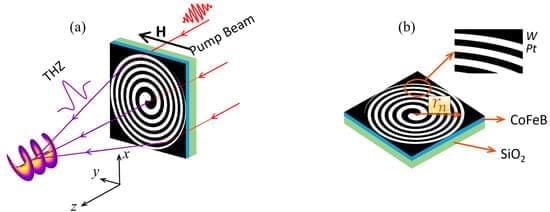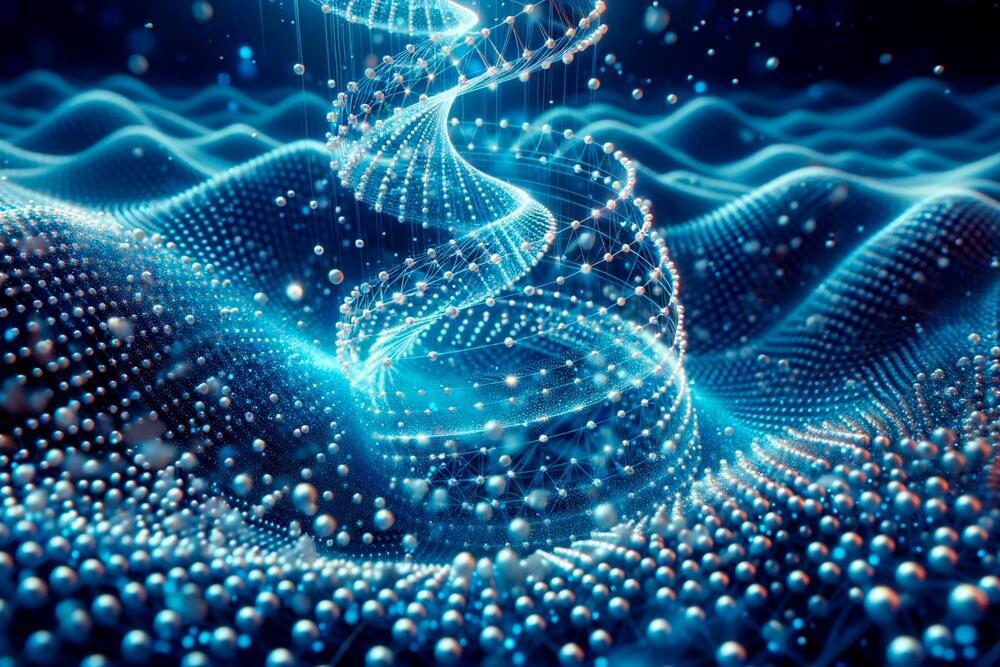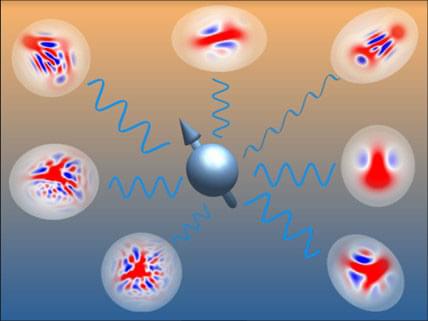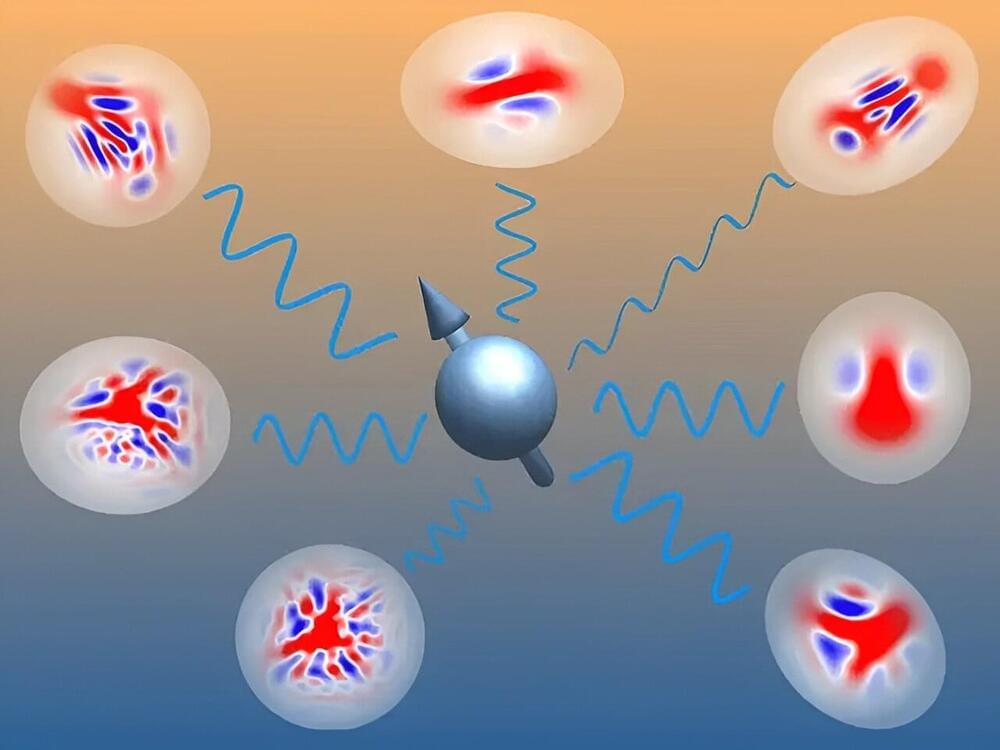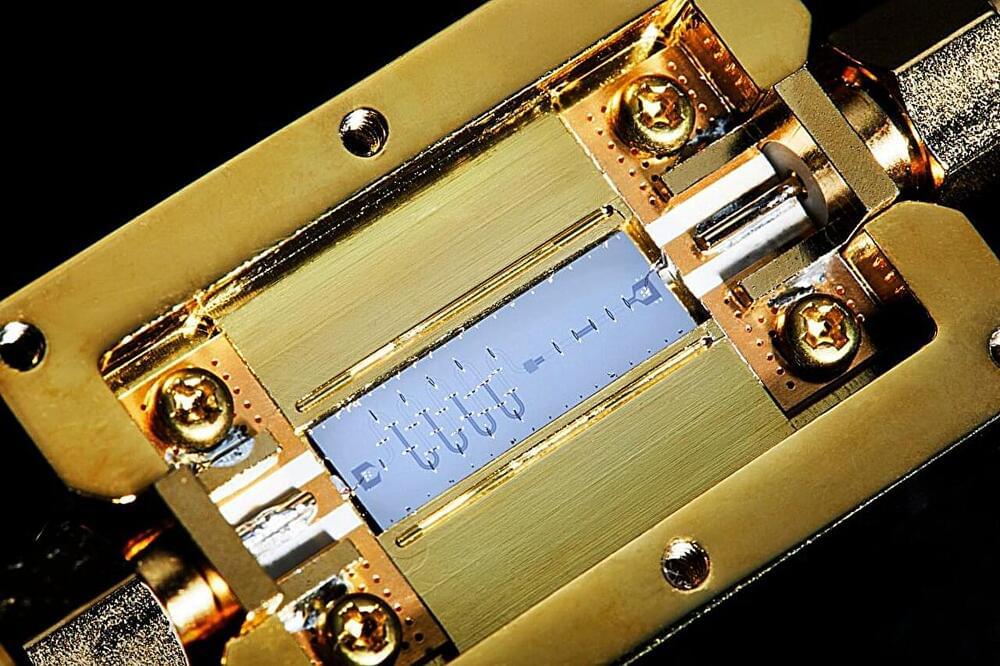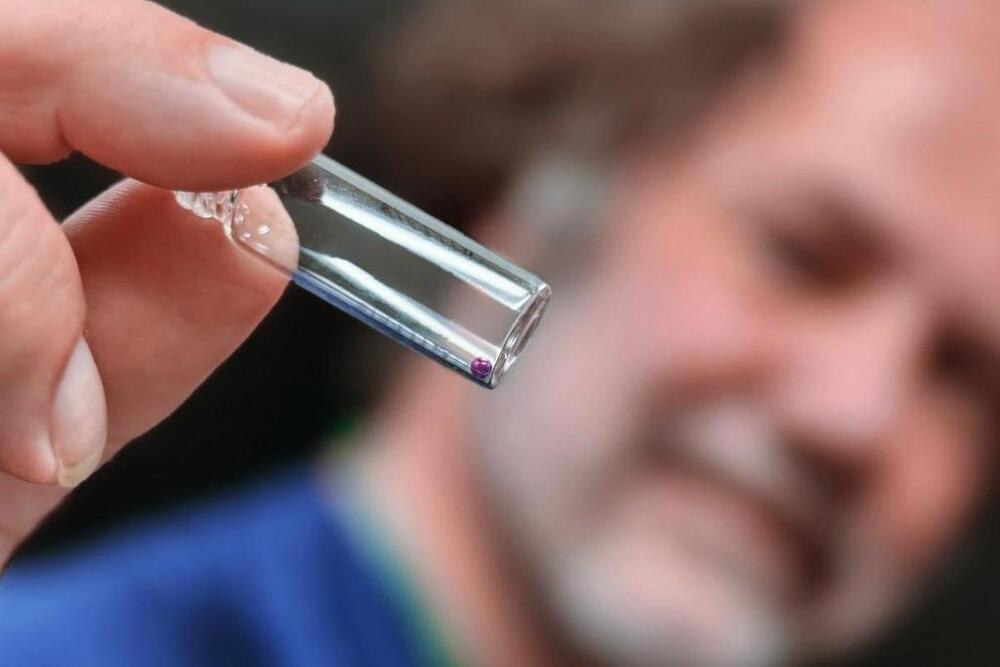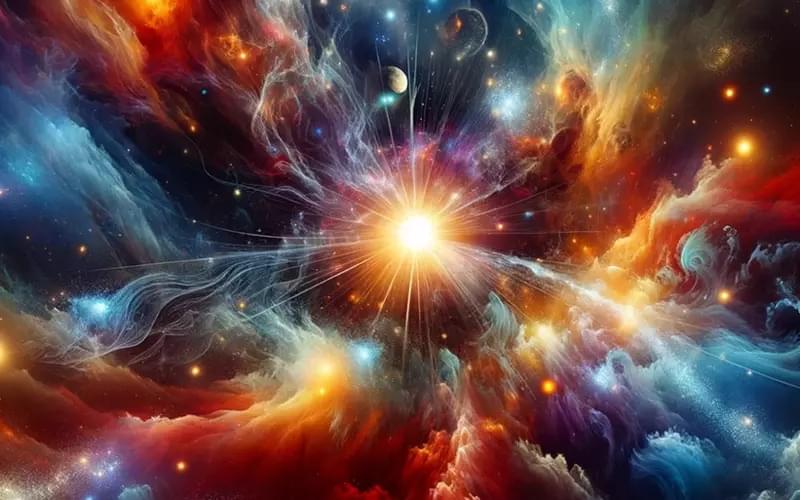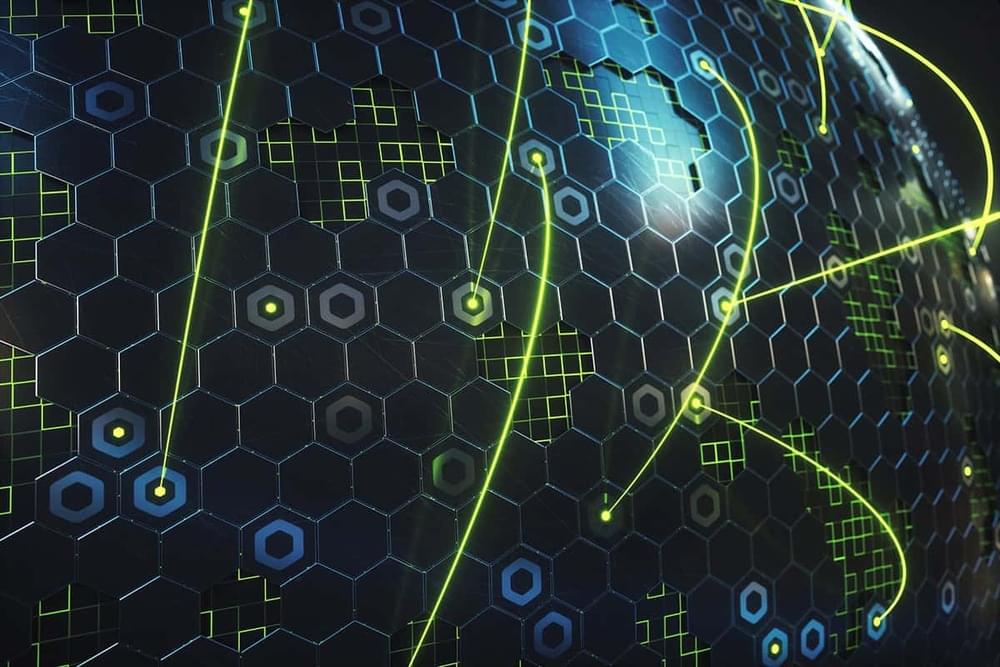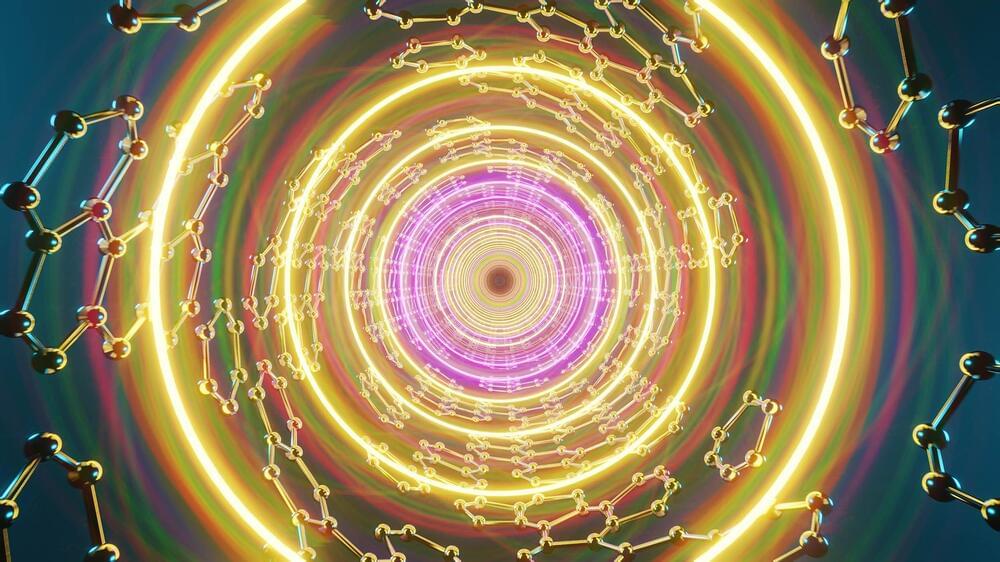May 26, 2024
Generation of a Focused THz Vortex Beam from a Spintronic THz Emitter with a Helical Fresnel Zone Plate
Posted by Saúl Morales Rodriguéz in category: particle physics
Similar to optical vortex beams, terahertz (THz) vortex beams (TVBs) also carry orbital angular momentum (OAM). However, little research has been reported on the generation of TVBs. In this paper, based on the detour phase technique, we design a series of spintronic terahertz emitters with a helical Fresnel zone plate (STE-HFZP) to directly generate focused TVBs with topological charges (TCs) of l = ±1, ±2 and ±3, respectively. The STE-HFZP is a hybrid THz device composed of a terahertz emitter and a THz lens, and it has a high numerical aperture (NA), achieving subwavelength focal spots. Its focus properties are surveyed systemically through accurate simulations. This STE-HFZP can also generate focused TVBs with higher order TCs.
